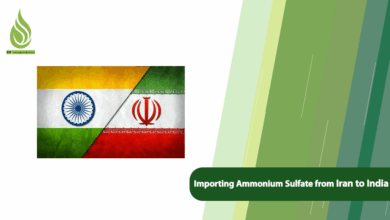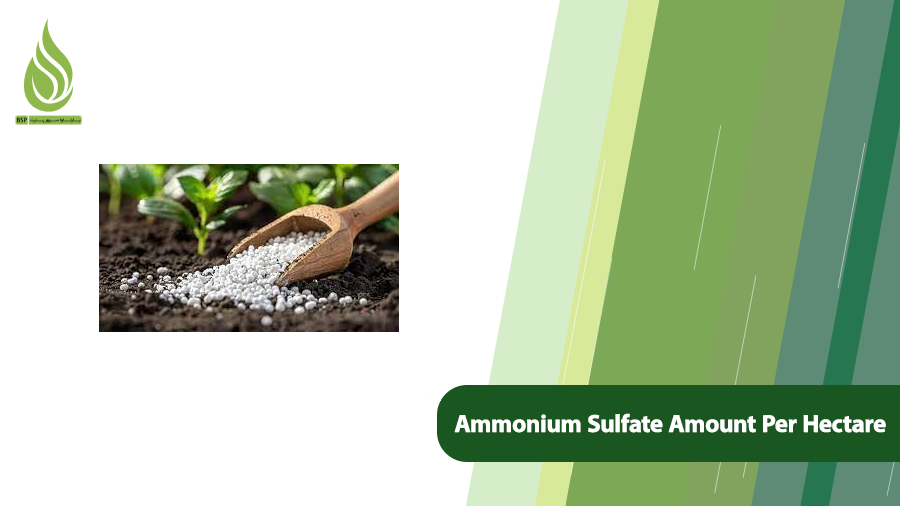
How Much Ammonium Sulfate Fertilizer Is Needed Per Hectare?
Ammonium sulfate is a chemical fertilizer that contains nitrogen and sulfur, essential for meeting the nutritional needs of plants and trees. The nitrogen in this fertilizer promotes vegetative growth, while the sulfur enhances product quality and increases plant resistance to diseases. Sulfur also helps regulate soil pH and reduces soil alkalinity. But the key question remains: how much ammonium sulfate fertilizer is needed per hectare?
In this article, we’ll explain how to determine the right amount of ammonium sulfate for your plants and trees. We’ll also provide guidelines for applying this fertilizer correctly. Stay with us to learn more.
Ammonium Sulfate Fertilizer Should Be Used in the Right Amount!
The purpose of using fertilizers is to fulfill the nutritional requirements of plants. Applying too much fertilizer can harm both plants and soil, while using too little can prevent plants from growing optimally. Therefore, to ensure fertilization has the greatest positive impact on your plants and trees, it’s crucial to apply fertilizers in appropriate amounts.
Most trees and plants require fertilizer every year. The amount of fertilizer needed depends on several factors. For instance, a seedling requires less fertilizer than a mature tree. Similarly, leafy vegetables need more nitrogen than tuberous plants like potatoes.
The amount of ammonium sulfate needed per hectare is determined based on soil test results, any nutrient deficiencies in the soil, the regional climate, and the type of plant being grown.
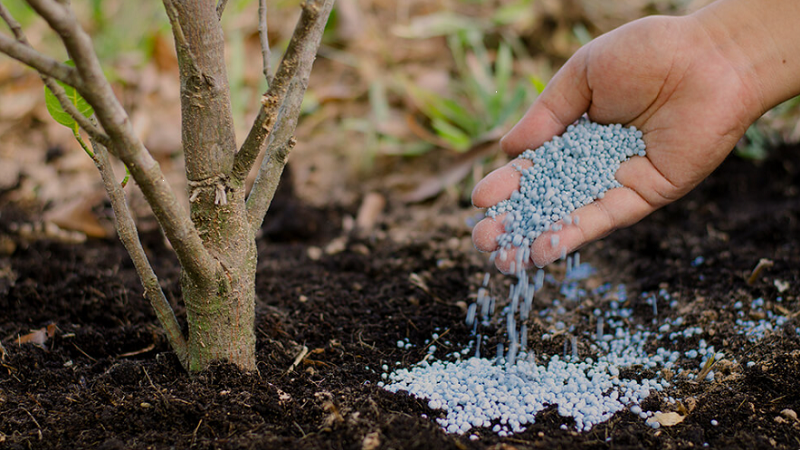
Note: The best time to apply ammonium sulfate fertilizer is before planting or early in the growing season.
What Factors Determine the Amount of Ammonium Sulfate Needed?
Determining the precise amount of ammonium sulfate required per hectare depends on several factors. The most important ones include:
- Type of Plant: Different plants have varying nutritional needs. For example, leafy vegetables like spinach require more nitrogen than grain crops like corn.
- Plant Growth Stage: Plants need different amounts of nutrients at various growth stages. Generally, during early vegetative growth (before flowering), plants require more nitrogen and sulfur. After flowering, the focus shifts to micronutrients and fertilizers like potassium. During flower formation and fruit development, ammonium sulfate use is typically reduced or paused.
- Soil Type: The amount of nutrients already present in the soil determines how much fertilizer is needed.
- Soil Test Results: A soil test provides accurate information about nutrient deficiencies. It helps determine exactly how much nitrogen and sulfur the soil requires.
- Climate Conditions: Weather and climate can affect a plant’s nutritional needs. In some regions, specific climatic conditions may increase the need for fertilizer.
- Season: Fertilizer use varies by season. For example, after harvesting crops like tomatoes in the fall, ammonium sulfate is typically not applied. The highest use of ammonium sulfate occurs during the early growth stages to boost vegetative growth of branches and leaves.
As explained, the amount of ammonium sulfate needed per hectare depends on multiple factors, with soil conditions and plant needs being the most critical. Overapplying ammonium sulfate can lead to soil acidification. Excessive use of fertilizers, including ammonium sulfate, can cause plant toxicity, leaf burn, plant desiccation, and contamination of groundwater. To avoid these issues, it’s essential to calculate the correct amount of ammonium sulfate needed per hectare.
Approximate Ammonium Sulfate Application Rates for Various Crops
The amount of ammonium sulfate needed per hectare depends on soil requirements and the type of crop. Below, we’ve provided approximate application rates for different crops to give you a clearer idea of how much ammonium sulfate your plants may need. For precise amounts, we recommend consulting agricultural experts and conducting a soil test.
| Crop Type | Application Rate per Hectare | Timing |
|---|---|---|
| Wheat, barley, corn, rice | 400–600 kg | Before planting + during growth stages |
| Canola, corn | 350–450 kg | Before planting + during growth stages |
| Vegetables | 300–600 kg | Throughout the growing season |
| Cucurbits (e.g., tomatoes, cucumbers) | 200–400 kg (or 15–20 g per plant) | 3 applications during the growing season |
| Greenhouse plants | 15 g per plant | 4–6 weeks after planting |
| Young seedlings (under 2 years) | 0.5–0.7 kg per seedling | Early spring |
| Mature trees (over 5 years) | 300–500 kg (or 2–3 kg per tree) | Spring and summer (2 applications) |
| Citrus and pistachio orchards | 150–200 kg per hectare | 2 applications per year |
How to Fertilize Trees and Crops with Ammonium Sulfate
The amount of ammonium sulfate needed for trees depends on factors such as the tree’s age, type, soil conditions, and fruit yield. Generally, young trees require less fertilizer than mature ones. Trees with higher fruit production also need more fertilizer.
The method of applying ammonium sulfate to trees is crucial. The best approach is the “pit fertilization” method. In this technique, small pits are dug around the tree, and the fertilizer is placed inside them. The pits are then covered with soil. This method ensures that the fertilizer is gradually absorbed by the tree’s roots, minimizing waste.
For crops, the amount of ammonium sulfate required depends on the crop type, growth stage, soil conditions, and rainfall. In general, crops need more fertilizer than trees.
The method of applying ammonium sulfate to crops is also important. The most effective method is surface broadcasting followed by irrigation. In this approach, the fertilizer is evenly spread over the soil surface and then watered in, allowing it to penetrate the soil. This ensures that the fertilizer is uniformly available to the plant roots.
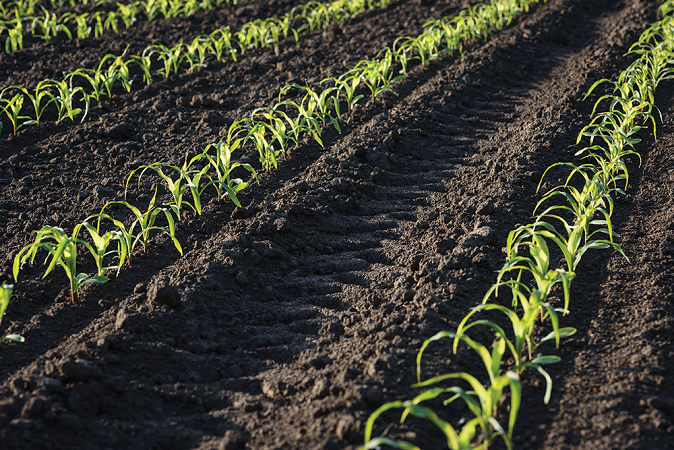
Note: The best time for optimal absorption is during active plant growth and before rainfall or irrigation.
Purchasing Ammonium Sulfate from Barsava Sepehr Part
If you’re looking for high-quality ammonium sulfate fertilizer, Sepehr Barsava Part is one of Iran’s most reputable suppliers and manufacturers of ammonium sulfate. Their ammonium sulfate meets international quality standards, making it ideal for bulk purchases for agricultural fertilizer exports. If you’re a fertilizer distributor, the company’s crystalline and granular ammonium sulfate products come highly recommended.
For smaller quantities of Barno ammonium sulfate, you can purchase it from trusted fertilizer and agricultural product retailers.

Key Tips for Fertilizing with Ammonium Sulfate
- Soil testing is a critical tool for determining a plant’s nutritional needs. By conducting a soil test, you can assess the nutrient levels in your soil and choose the appropriate fertilizer. Soil tests also help identify issues such as salinity, alkalinity, or organic matter deficiencies, allowing you to address them effectively.
- Ammonium sulfate is an acidic fertilizer that lowers soil pH, which can be beneficial for correcting alkaline soils. However, in acidic soils, excessive use of ammonium sulfate can increase soil acidity, potentially causing problems for plants. Therefore, in acidic soils, use this fertilizer cautiously and regularly monitor soil pH.
- The best time to apply ammonium sulfate is late winter or early spring, when the soil needs preparation for the growing season. The nitrogen in the soil promotes the start of growth in plants and trees.
- Ensure ammonium sulfate is spread evenly across the soil surface for best results.
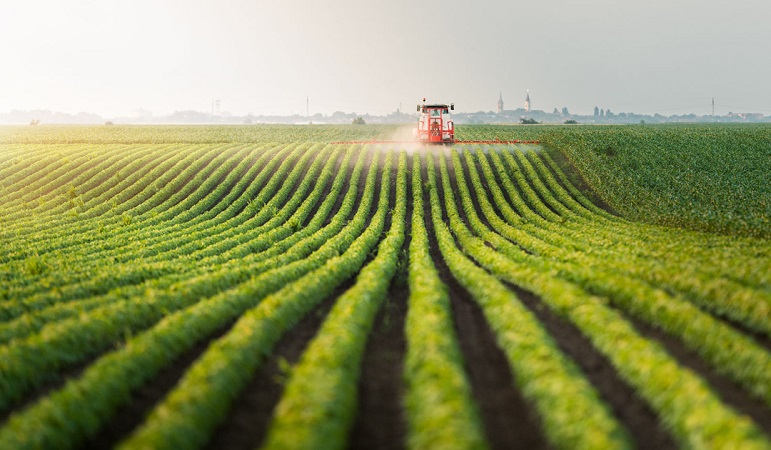
To determine the right amount of ammonium sulfate per hectare, it’s best to conduct a soil test.
- After applying fertilizer, always irrigate to ensure proper absorption.
- Overusing or applying ammonium sulfate without control is one of the most common fertilization mistakes. This can lead to soil acidification and groundwater contamination.
- Using fertilizer at the wrong time wastes money, as the plants won’t absorb it, rendering it ineffective for crops or trees.
- The best methods for applying ammonium sulfate are surface broadcasting (for croplands), pit fertilization (for orchards), or, if needed, through irrigation systems.
- For optimal absorption, apply during active plant growth and before rainfall or irrigation.
- Ammonium sulfate can be mixed with phosphates or potassium, but avoid combining it with lime or alkaline fertilizers. For more details on fertilizer compatibility rules, click the link.
